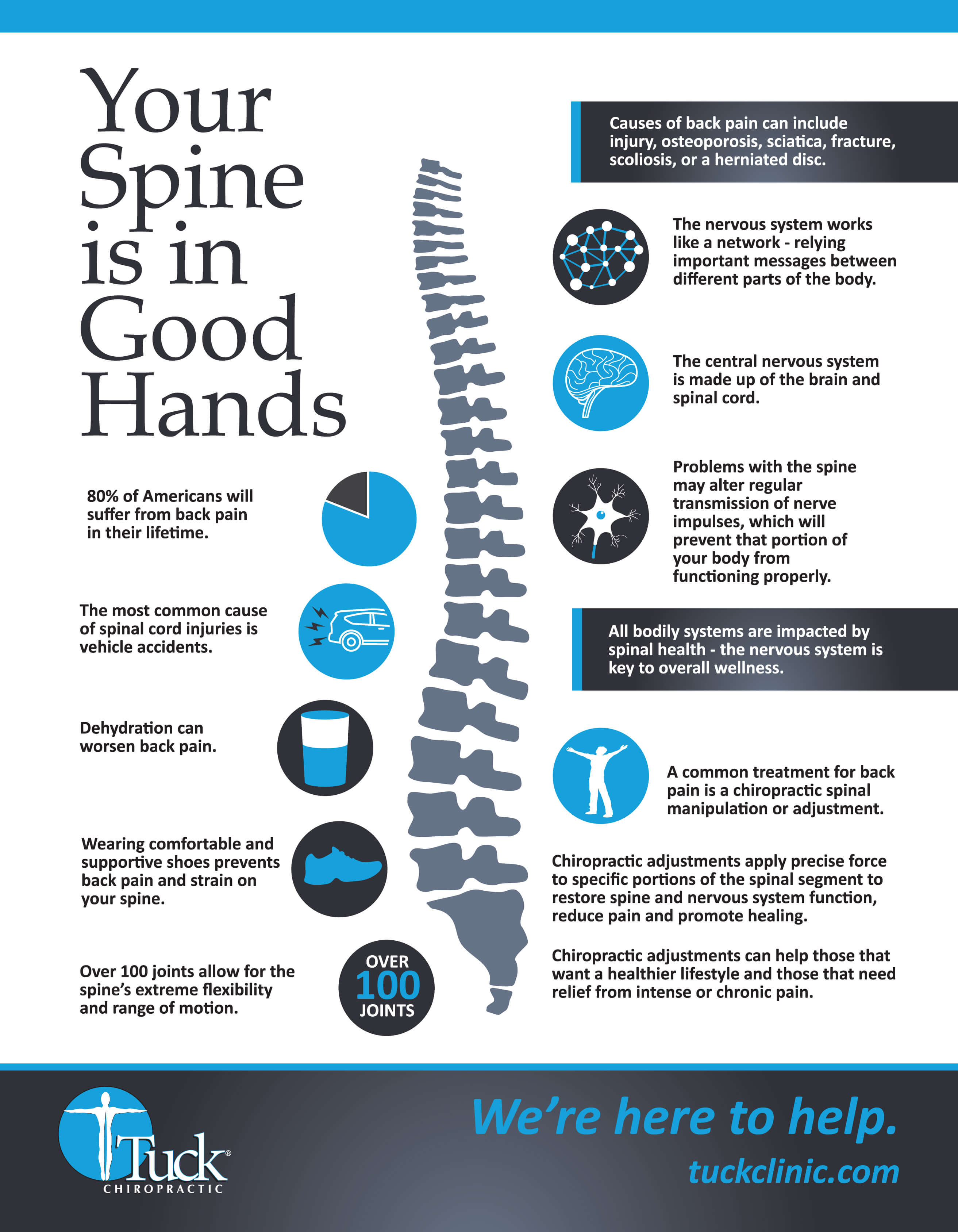Just When You Assume Relief Is Near, Soft Tissue Therapy Exposes Its Uneasy Realities-- Find Why The Procedure Can Be Agonizing Yet Helpful
Just When You Assume Relief Is Near, Soft Tissue Therapy Exposes Its Uneasy Realities-- Find Why The Procedure Can Be Agonizing Yet Helpful
Blog Article
Author-Vazquez Rossi
When you go through soft Tissue treatment, you could find it remarkably uncomfortable. This discomfort arises as stress is put on tense muscles and broken cells, triggering your pain receptors. While it can really feel distressing in the moment, there's a reason behind this feeling. Understanding what occurs in your body throughout these treatments can aid you value the procedure. So, what exactly is taking place beneath the surface area?
The Physiology of Discomfort Throughout Soft Tissue Therapy
When you go through soft Tissue therapy, your body's action to pain is a complex interplay of physical procedures. As the specialist applies stress, your body triggers discomfort receptors, sending out signals to your mind. This activates the launch of natural chemicals, such as substance P and glutamate, which amplify the feeling of discomfort.
Your muscular tissues might likewise tense up in response, additional complicating the experience. Additionally, your body might release endorphins, all-natural pain relievers that can assist relieve some pain.
The communication between these procedures can develop a distinct experience for every individual. Comprehending this physical feedback aids you navigate the feelings throughout treatment, allowing you to appreciate the balance in between pain and the capacity for recovery advantages.
The Function of Pain in the Healing Refine
Although pain throughout soft Tissue therapy can really feel overwhelming, it plays a vital role in the healing procedure. When you experience pain, your body is signaling that it's functioning to fix broken tissues. This feedback aids boost blood flow to the afflicted location, providing crucial nutrients and oxygen needed for recovery.
Furthermore, pain can advertise the release of endorphins, your body's natural painkillers, developing a sense of relief post-treatment. Embracing this discomfort can help you understand your body's restrictions and encourage you to attend to underlying concerns.
While it's uncomfortable now, this process is important for long-lasting recovery and enhanced feature. Acknowledging discomfort as a vital part of recovery can encourage you to remain devoted to your treatment.
Tips for Managing Pain Throughout and After Therapy
Taking care of pain during and after soft Tissue treatment can substantially improve your general experience and recovery.
To start, communicate freely with your therapist about your discomfort levels; they can readjust strategies appropriately. Utilizing https://augustgyphy.vblogetin.com/38747076/many-individuals-forget-refined-signs-of-tension-uncover-if-you-re-one-of-them-and-learn-how-soft-tissue-therapy-can-assist can also aid you relax and relieve discomfort.
Consider using ice to the cured location post-session to minimize inflammation and numb pain. Staying hydrated aids in the recuperation procedure, so consume alcohol a lot of water.
Gentle extending and light movement after therapy can promote blood circulation and convenience rigidity. Lastly, guarantee you get adequate rest to permit your body to heal.
Implementing these tips can make your soft Tissue therapy extra manageable and delightful.
https://kansasreflector.com/2021/09/08/lawrence-chiropractor-censured-fined-4000-for-flawed-covid-19-advertising/ , while soft Tissue treatment can be unpleasant, it's crucial to recognize that this pain plays an important role in your recovery trip. By understanding the physical feedbacks at play, you can approach the treatment with an extra positive state of mind. Bear in mind, the first discomfort frequently gives way to relief as your body releases endorphins. Welcome the process, and don't think twice to utilize the ideas for taking care of pain to improve your experience and healing.
